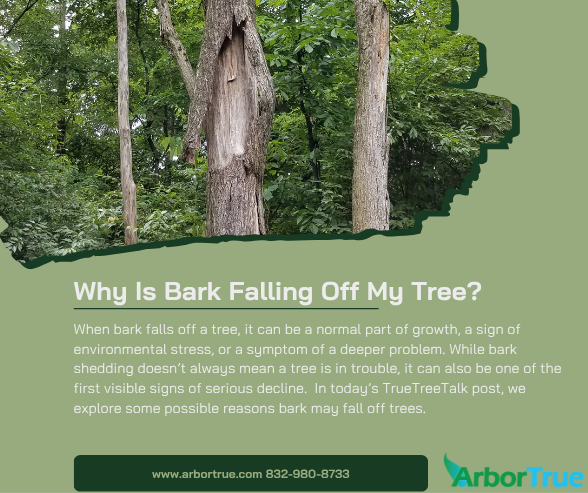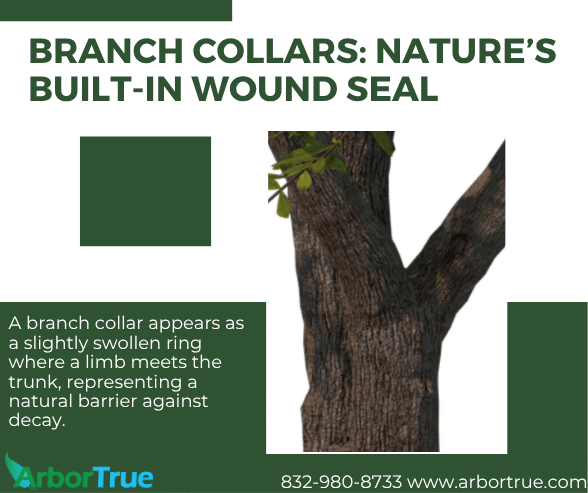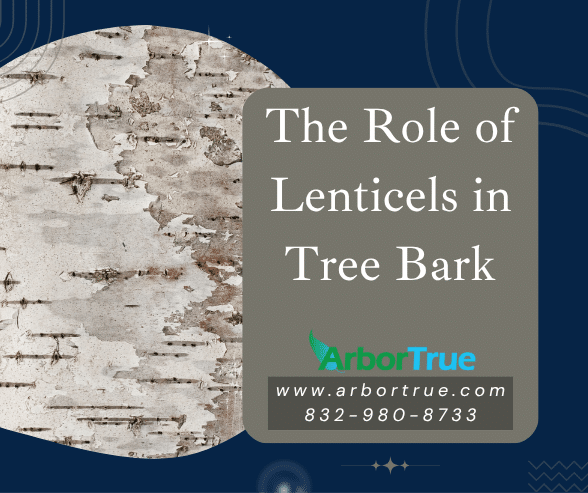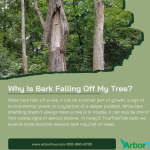
Why Is Bark Falling Off My Tree?
July 9, 2025
Mushroom Monday: Agaricus bitorquis — The Pavement Mushroom
July 14, 2025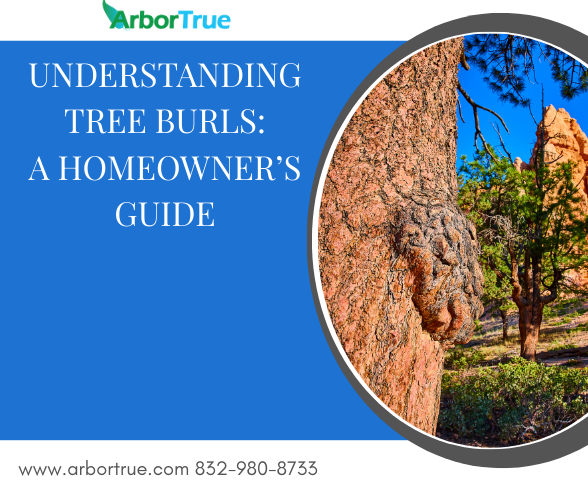
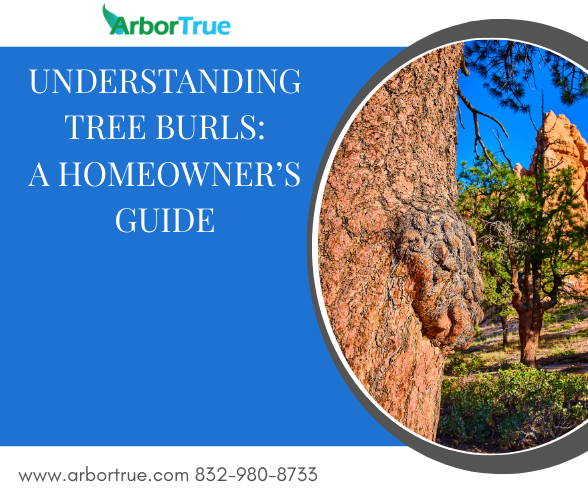
Understanding Tree Burls: A Homeowner’s Guide
What Are Tree Burls?
Ever noticed knobby, rounded protrusions on your tree’s trunk or branches? Those odd growths might be burls. Burls form when tree cells grow irregularly, creating a dense, grainy mass. Although they may look alarming, they often develop silently over many years.
Why Do Burls Form?
Burls arise from stress. Insects, fungi, bacteria, or physical injuries can trigger abnormal cell division. As a defense mechanism, the tree walls off the infection or damage and produces a dense, contorted mass. Additionally, genetic factors can make certain trees more prone to burl development. However, no single cause is dominant.
Identifying Burls in Your Landscape
You can spot burls by their bulbous, bark-covered shapes protruding from trunks or branches. Burls can be found both on the surface and underground (on roots), though root burls are less visible.
Initially, burls appear smooth. Over time, cracks and fissures may develop, revealing the complex wood grain inside. They vary widely in size—from marble-sized bumps to massive growths that dramatically alter a tree’s silhouette.
Note: Burls can sometimes be mistaken for cankers or fungal conks, so careful identification is helpful.
Are Burls Harmful to Your Tree?
In most cases, burls don’t kill a tree. They form as part of the tree’s natural defense system and often coexist harmlessly with healthy tissue. However, large or multiple burls can weaken structural integrity. Internal decay may occur in and around some burls, even if external signs aren’t visible. During storms or strong winds, a burl can become a stress point, increasing the risk of breakage.
Managing Burls on Your Property
Monitor burls each season, and watch for changes in size, shape, or bark condition. Ensure your trees receive proper watering and mulching to reduce environmental stress. Prune dead or damaged limbs to improve overall vigor. By maintaining tree health, you help your landscape resist future burl development.
No attempt should be made to cut or “flatten” burls, as this could create a serious wound and expose the tree to infection or decay.
Also, keep in mind that burls are not contagious—they do not spread from one tree to another.
Should You Remove a Burl?
You might be tempted to remove a burl for aesthetic reasons. However, cutting into a burl can seriously damage the tree. Large wounds heal poorly and can invite decay and disease. It’s best to leave burls intact unless they pose a structural hazard or become a significant nuisance.
When to Call a Professional
If a burl is growing near power lines, walkways, or your home, contact a qualified arborist. A qualified professional can assess the situation and provide safe, informed recommendations.
Embracing Burls in Your Yard
Rather than viewing burls as flaws, consider them testaments to your tree’s resilience. They tell a story of survival against stressors.
If you found this information about burls helpful, check out our other posts on our TrueTreeTalk blog. Follow us on Facebook to keep up with these and other posts. Check out our list of blog posts grouped by topic for more to read. Also, follow us on LinkedIn for industry-related posts.
* * *
ArborTrue is a science-based tree service company in the greater Houston area. We also serve Austin and other parts of Central Texas. We provide a range of services including tree trimming, tree pruning, tree removal, tree planting, arborist consultations, and more. Call us today at 832-980-8733 (Houston) or at 512-546-3833 (Austin) or reach out to us online to schedule an appointment.
ArborTrue has a dedicated landscaping division, now serving select areas in the greater Houston region—with more locations coming soon. We specialize in organic practices, soil biology, and ecological health to help your entire landscape truly thrive. To learn more or schedule a consultation, contact us at landscape@arbortrue.com.

